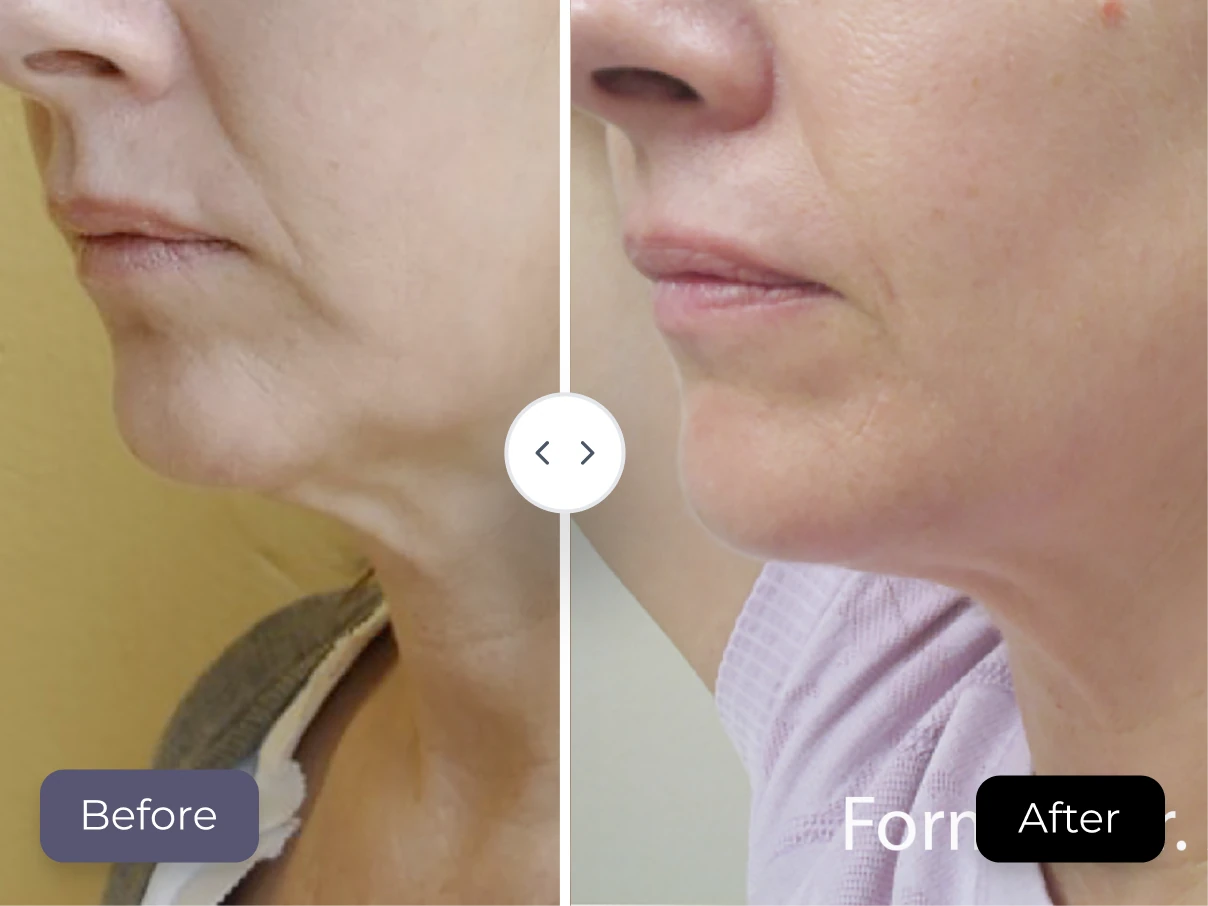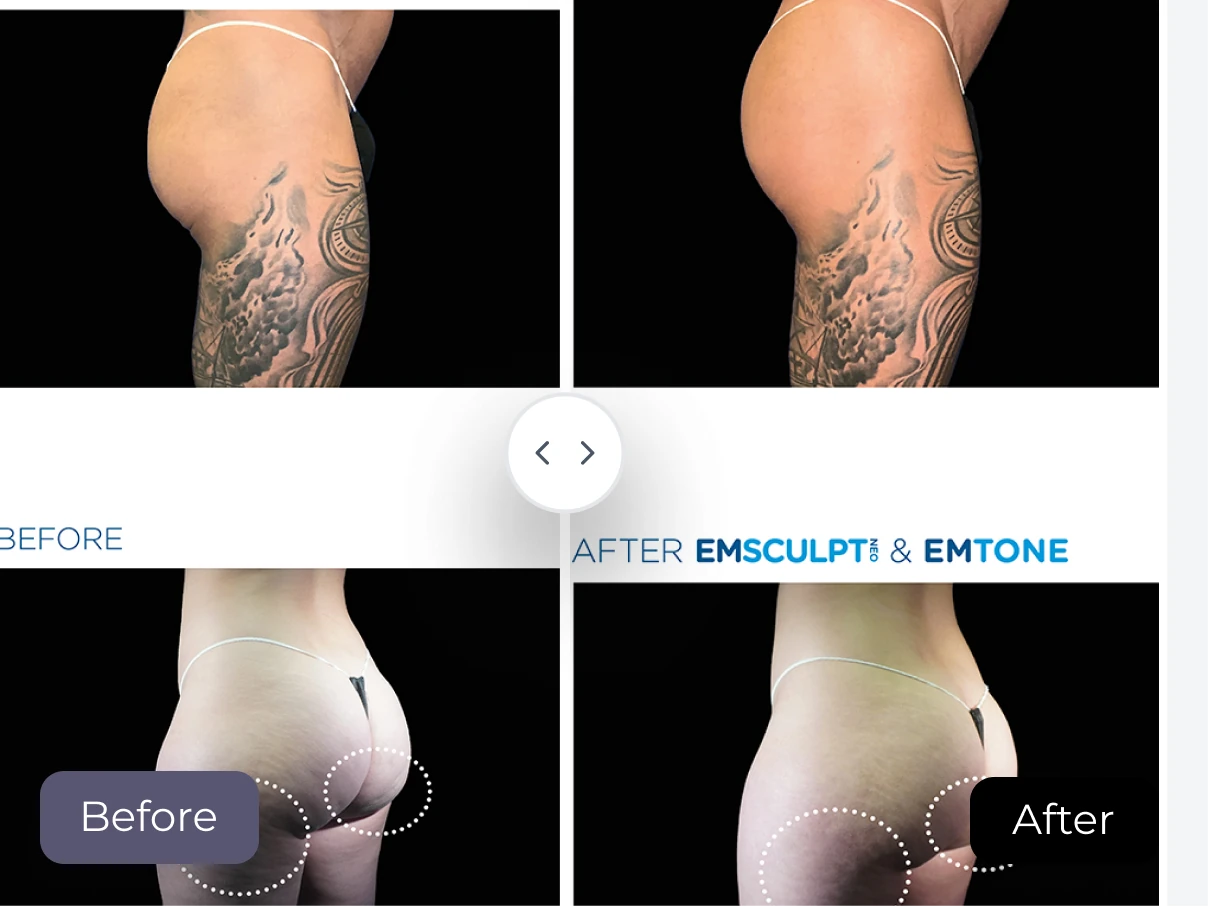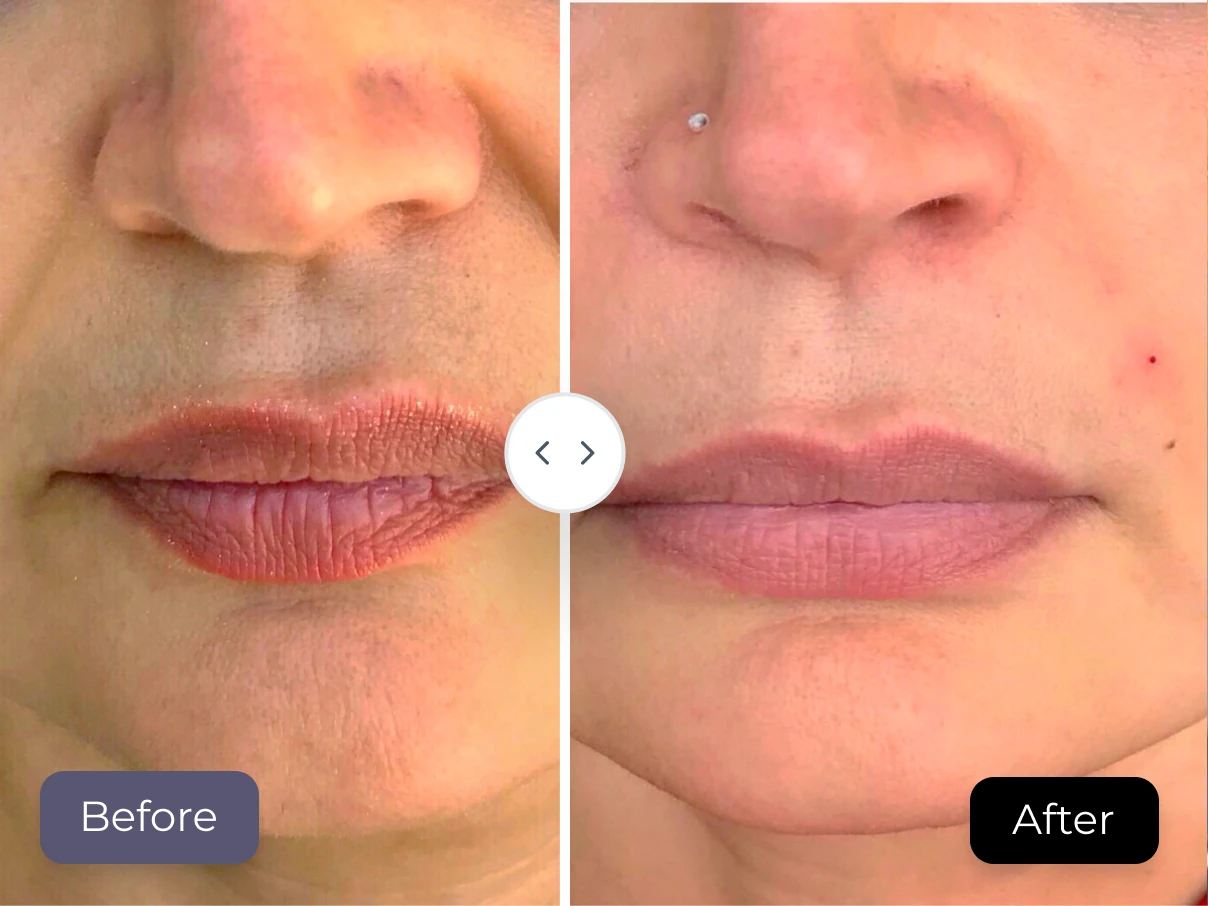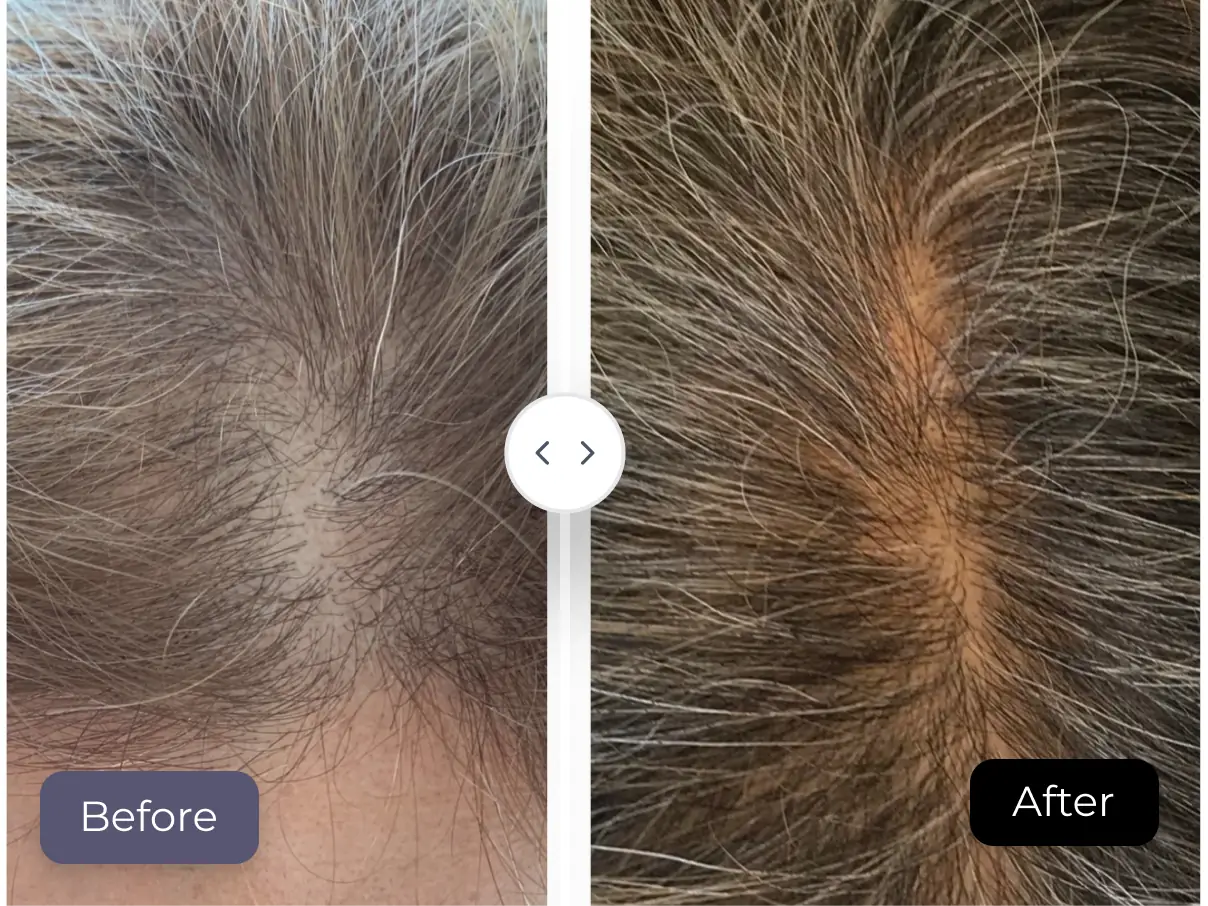At a Glance:
Yes, you can wash your face after facial laser hair removal—but wait at least 6–8 hours, ideally until the next morning. Use a gentle, fragrance-free cleanser with lukewarm water, and avoid hot water, scrubs, or active ingredients for 48 hours. Proper post-treatment care reduces irritation and supports healthy skin recovery.
Facial laser hair removal is a safe and effective method that uses light to target the pigment in hair follicles. The heat generated helps slow down future hair growth. While the procedure is non-invasive, it can leave the skin feeling sensitive for several hours afterward.
One of the most common questions clients ask is: “Can I wash my face after the treatment?” The answer is yes—but timing and technique matter.
Below, you’ll learn when it’s safe to cleanse your face, how to do it gently, and what mistakes to avoid during the healing process.
When Should You Wash Your Face After Laser Hair Removal
You should avoid washing your face for the first 6 to 8 hours, or ideally until the next morning, after facial laser hair removal. This allows the skin to calm and gives any post-treatment ointments time to protect and hydrate the area effectively.
Washing too soon—especially with hot water or harsh products—can increase irritation, compromise the skin barrier, and delay healing. Most dermatology professionals recommend delaying facial cleansing until the next morning, unless otherwise advised by your provider.
Once the wait time has passed, use only lukewarm water and a gentle, fragrance-free cleanser. Avoid foaming cleansers, physical exfoliants, and active ingredients for the first 48 hours.
During this period, cleanse just once or twice a day, keeping the process minimal and non-abrasive. Clinics like Celebrity Laser & Skin Care offer personalized post-treatment guidelines based on your skin sensitivity, treatment area, and laser type.
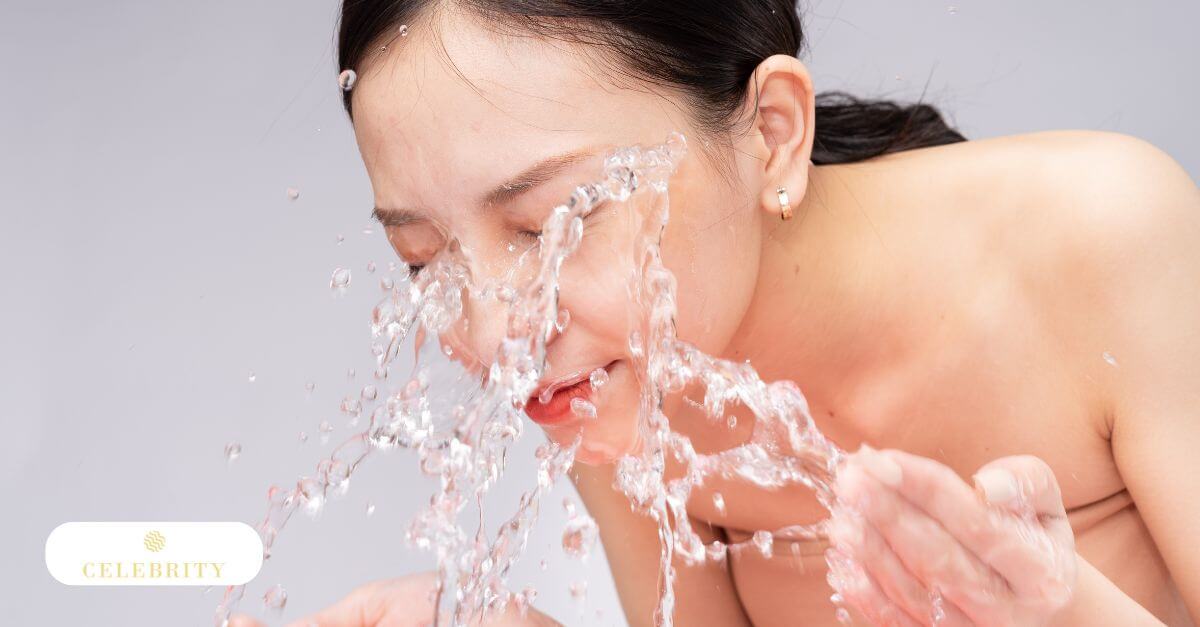
How Often Should You Wash Your Face?
After the first gentle cleanse—ideally the morning after treatment—continue a simple, non-irritating routine.
Wash your face once or twice a day using a mild, fragrance-free cleanser. Avoid foaming or exfoliating products. Use lukewarm water and apply cleanser with your fingertips using light pressure.
After rinsing, pat the skin dry with a clean, soft towel. Immediately apply a hydrating, non-comedogenic moisturizer to soothe and protect the barrier.
It’s also essential to use a broad-spectrum sunscreen (SPF 30 or higher) each morning. This protects treated skin from UV damage, which can lead to inflammation or pigmentation issues during the healing process.
As your skin recovers—usually after 5 to 7 days—you can slowly return to your regular skincare routine, reintroducing active ingredients only once the skin shows no signs of irritation.
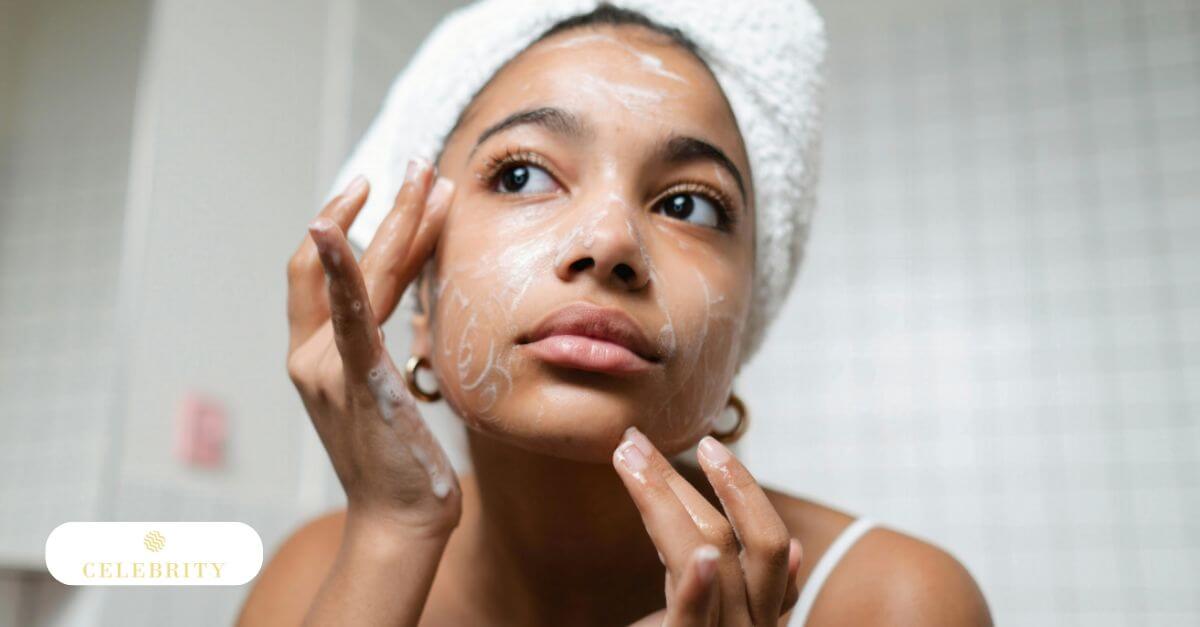
Step-by-Step: How to Wash Your Face After Laser Hair Removal
Once the recommended waiting period has passed—usually 6 to 8 hours or until the next morning—follow these steps for safe, gentle cleansing:
1. Use Cool or Lukewarm Water
Hot water can aggravate redness and increase sensitivity. Stick to tepid or slightly cool water during the first 48 hours.
2. Select a Gentle Cleanser
Choose a fragrance-free, non-foaming, and non-exfoliating cleanser. Cream or gel formulas formulated for sensitive skin are ideal.
3. Apply With Clean Hands
Avoid washcloths, sponges, or brushes. Wash your hands thoroughly and use your fingertips to lightly massage the cleanser into your skin.
4. Rinse Gently
Splash water gently on your face. Do not rub or wipe.
5. Pat Dry With a Soft Towel
Use a clean, soft towel to pat—not rub—your skin dry. Be as gentle as possible to avoid irritation.
6. Moisturize Immediately
Apply a light, fragrance-free moisturizer while your skin is still slightly damp to lock in hydration and reduce dryness.
What Not to Use on Your Face After Treatment
During the first 24 to 48 hours, your skin is especially vulnerable. Using the wrong products can slow healing, increase irritation, or even lead to side effects like pigmentation changes or breakouts. Here’s what to avoid:
Fragrance, Alcohol, or Essential Oils
Products containing these ingredients can sting, dry out the skin, or trigger redness and inflammation.
Exfoliating Agents
Skip any exfoliants—both physical and chemical—including AHAs, BHAs, glycolic acid, lactic acid, and salicylic acid.
Retinoids and Actives
Avoid retinol, tretinoin, vitamin C serums, and acne treatments like benzoyl peroxide. These may be too harsh during the healing phase.
Cleansing Tools or Scrubs
Brushes, pads, and even washcloths can cause micro-abrasions and stress your already-sensitive skin.
Heavy Creams or Occlusive Balms
Unless prescribed by your clinic, skip heavy ointments that could clog pores or trap heat in the skin.
Makeup (Especially Foundation and Powders)
It’s best to avoid wearing makeup for the first 24 hours post-treatment. Let your skin breathe while it calms down. If irritation persists, extend the no-makeup period to 48 hours.
Do’s and Don’ts for the First 24–48 Hours After Laser Hair Removal
The first two days after treatment are crucial for recovery and results. Following these simple guidelines helps reduce side effects and supports healing.
Keep Your Skin Makeup-Free
Laser-treated skin is sensitive and inflamed. Avoid applying makeup for at least 24 hours to reduce the risk of clogged pores, irritation, or bacterial buildup. If redness or sensitivity continues, give it another day before applying any products.

DON’T: Scratch or Rub the Skin
Itching is common but scratching can damage healing skin and increase your risk of infection. If needed, apply a cold compress or gently splash with cool water to soothe discomfort.
Avoid Sun Exposure
Your skin is more vulnerable to UV damage right after treatment. Avoid direct sunlight for 24–48 hours, and wear broad-spectrum sunscreen (SPF 30+) daily for at least four weeks after. Use a hat or umbrella for added protection outdoors.
Moisturize Regularly
Laser hair removal can cause dryness. Use a gentle, non-comedogenic moisturizer—fragrance-free and free of active ingredients—to keep your skin hydrated and help reduce flaking or tightness.
Don’t Shave Treated Areas Immediately
Shaving right after treatment can further irritate sensitized skin. Wait 2–3 days before shaving the area again, or until any redness or swelling has fully resolved.
Avoid Tanning Beds and Chemical Peels
Your skin needs time to heal without additional stressors. Avoid tanning beds, sunless tanners, and all chemical peels for at least one week—or longer, depending on your clinic’s advice.
Managing Sensitivity and Discomfort
Some mild redness, warmth, or tingling after facial laser hair removal is normal. Here’s how to care for your skin while it recovers:
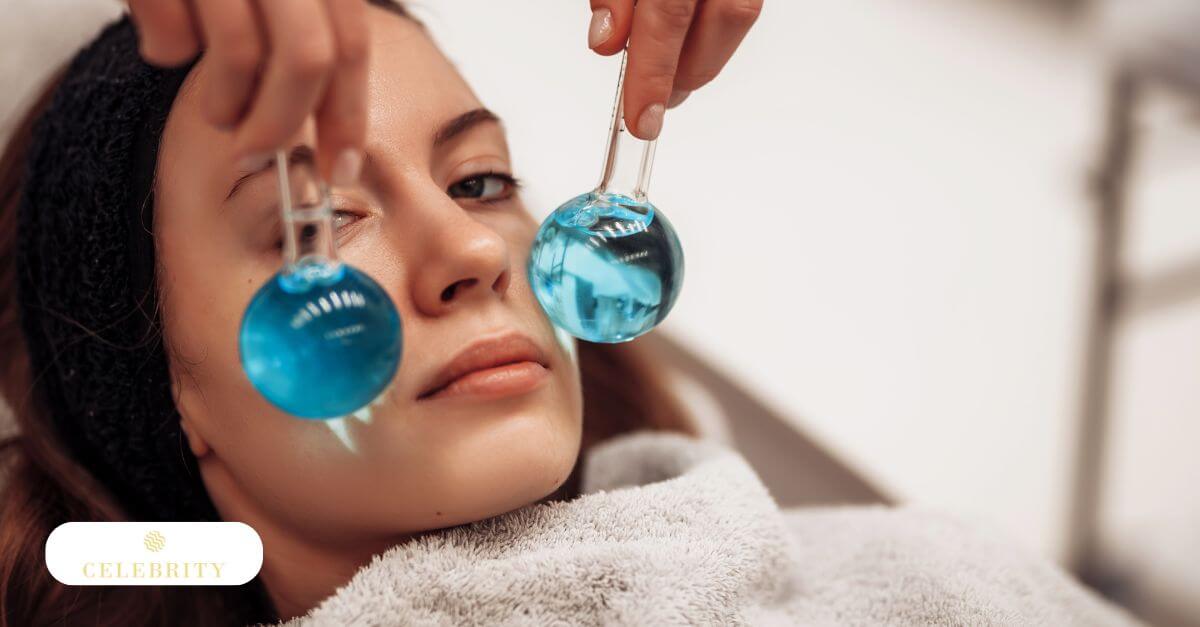
Apply a Cold Compress
Use a clean, soft cloth soaked in cold water, or gently press a wrapped ice pack on the treated area for a few minutes at a time. This helps reduce inflammation and calms the skin.
Use Soothing Skincare
After cleansing, apply a gentle moisturizer or aloe vera gel. Avoid heavy creams or actives—look for products labelled as non-comedogenic and safe for sensitive skin.
Avoid Heat and Sweating
Skip hot showers, steam rooms, saunas, and high-intensity workouts for at least 24 hours post-treatment. Heat can worsen redness and increase swelling.
Stay Out of the Sun
UV exposure increases the risk of pigmentation changes. Once initial sensitivity subsides, apply a broad-spectrum mineral sunscreen (SPF 30 or higher) daily—even if you’re staying indoors, as UV rays can penetrate windows.
When to Contact Your Provider After Treatment
While most post-laser effects are mild and temporary, certain symptoms may indicate complications that need professional attention. The table below outlines what to watch for and why it matters:
| Symptom | Why It Matters |
| Blisters or Peeling | Might Indicate Burns or Improper Laser Settings |
| Prolonged Redness | May Signal Irritation or Delayed Healing |
| Worsening Swelling | Might Suggest Inflammation or Secondary Reaction |
| Signs of Infection | Risk of Complications if Left Untreated |
| Dark or Light Spots | May Lead to Lasting Skin Tone Changes (Hyper/Hypopigmentation) |
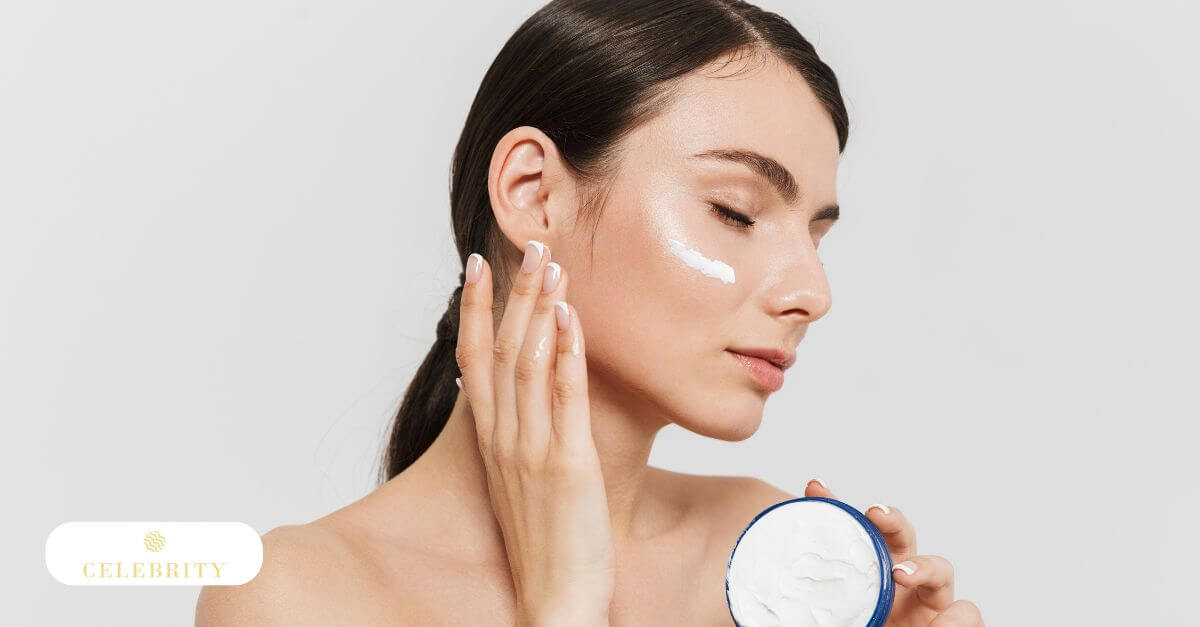
Why Following These Steps Matters
Laser hair removal for the face delivers excellent long-term results—but only when supported by the right aftercare. The skin is temporarily more vulnerable after treatment, and neglecting recovery protocols can lead to irritation, delayed healing, or uneven results.
Gentle cleansing, sun protection, and hydration don’t just prevent side effects—they actively support your skin’s natural repair process. By minimizing inflammation, you give your skin a chance to rebuild collagen, preserve its protective barrier, and recover comfortably.
These practices align with the professional, results-focused care offered at Celebrity Laser & Skin Care in North Vancouver. Every treatment comes with clear, personalized aftercare instructions designed to reflect your skin type, treatment area, and goals.
Whether you’re new to laser hair removal or returning for maintenance, respecting the recovery process will help protect your investment and ensure smooth, long-lasting results.
Final Words
Yes—you can wash your face after laser hair removal. But how and when you do it matters.
Waiting at least 6–8 hours (or overnight) before your first gentle cleanse allows your skin to settle. Using cool water, non-irritating products, and a soft touch will help reduce inflammation and support healing. Avoiding sun, heat, and harsh skincare ingredients for the first few days is just as important for preserving your results.
At Celebrity Laser & Skin Care, every client receives tailored aftercare guidance based on their treatment area, skin sensitivity, and laser type used. Our goal is to keep your skin safe, supported, and comfortable—so your results last longer and feel better.
If you’re unsure about any post-treatment steps, don’t guess. Reach out to your provider. The right care makes all the difference.


